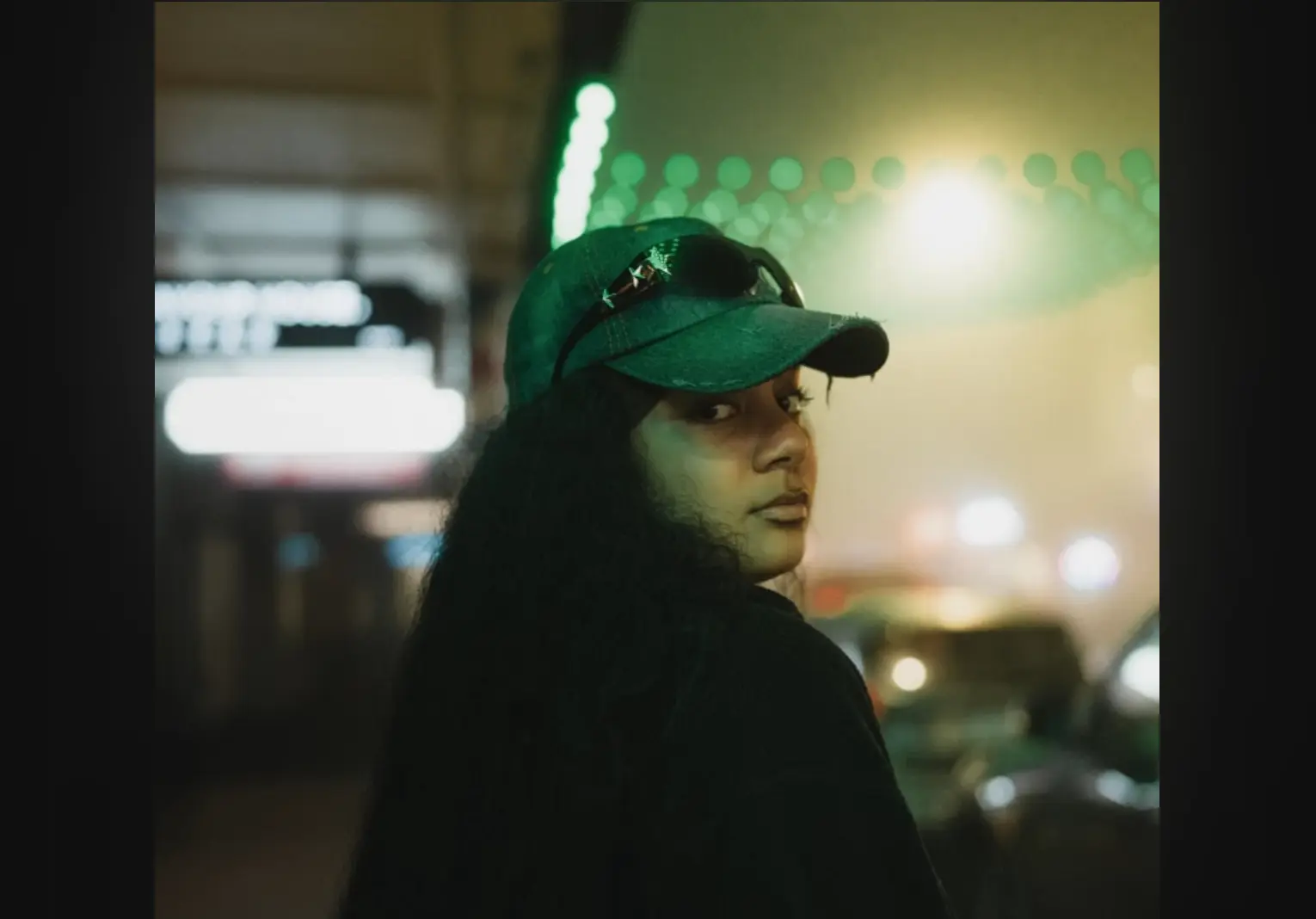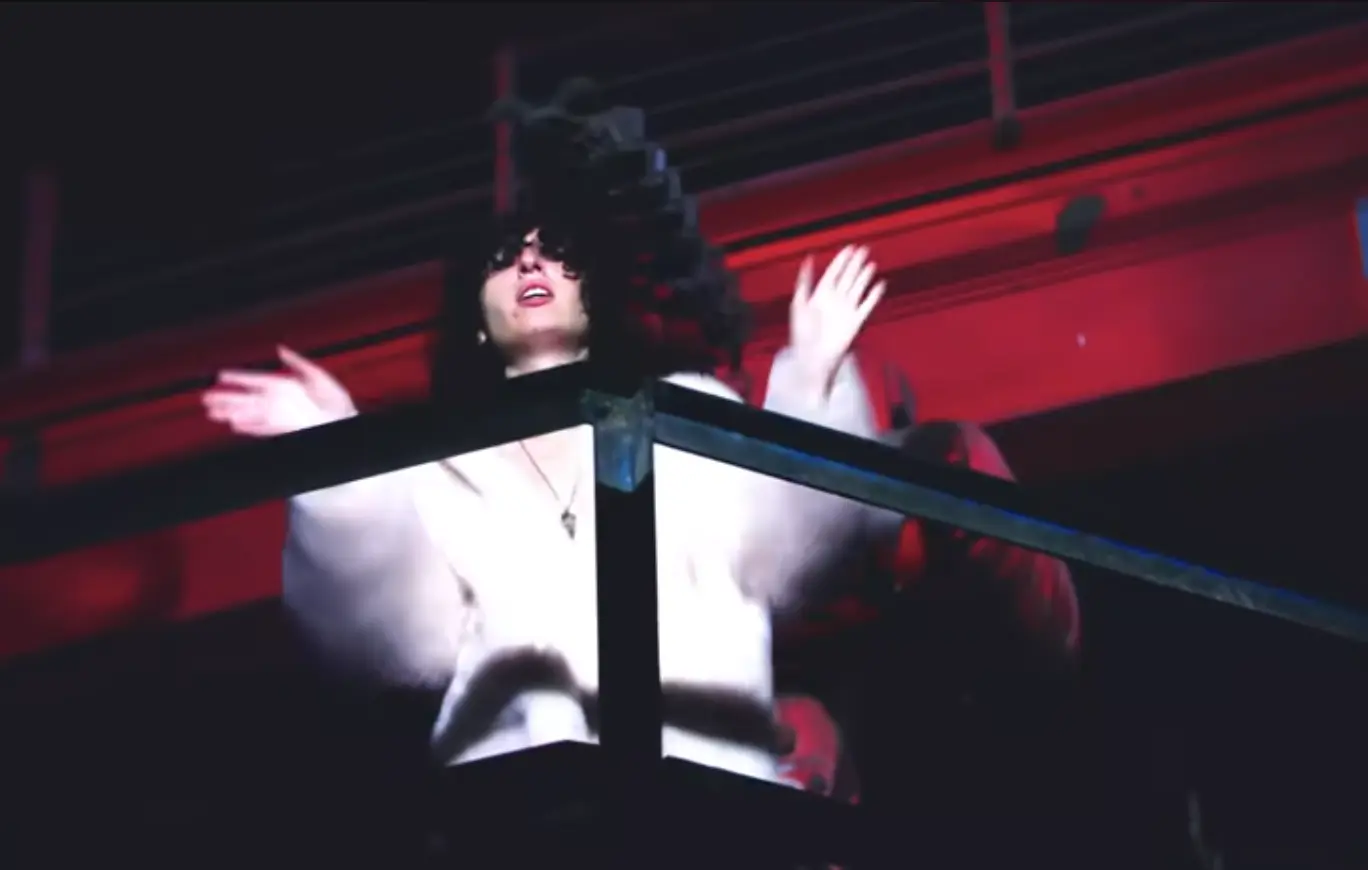The King of the Jungle, the biggest squid of them all: SahBabii risked fading into irrelevance on his independent journey, including a public declaration of his plans to retire at the onset of the COVID-19 pandemic. But release after release continued to demonstrate SahBabii’s exceptionally skilled, silly, and sincere perspective on rap music.
His supporters’ thirst for more never left, and thankfully, neither did Sah. It’s special to see him arrive at Saaheem with such refined technique, great ambition, and a perfect balance between the streets and his colorful, animalistic fantasy realm.
What SahBabii Achieved With Saaheem
SahBabii has accomplished several feats the vast majority of rappers — and commercial musicians at large — find nearly impossible: owning a distinct version of a trendy sound, independent success after leaving a major label, and star power without a star image. Saaheem is an enormous critical and commercial achievement for a proven rapper that has refused to be in the mix.
Of Young Thug’s notable artistic descendants, SahBabii has often been the odd one out while sonic relatives including Lil Baby, Gunna, and Lil Keed (RIP) are routinely grouped together as former YSL members and musical siblings. Other related peers such as Playboi Carti and Unotheactivist certainly keep to themselves more than most in hip-hop, but their career trajectories haven’t been as humble and unpredictable as Sah’s.
While supporters and SahBabii himself have expressed frustration with the lack of recognition during the low points of his indie music grind, the path Sah chose to walk has led to a very special place.
Yeah, I used to rob, I used to have a job, yeah I’m a regular person /
I used to walk, stand at the bus stop, yeah I’m a regular person /
I make mistakes and it’s okay, baby just know I’m a regular person /
I ain’t gotta front, ain’t gotta stunt, baby I know I’m a regular person
– SahBabii in “Workin” (Saaheem, 2024)
Saaheem has been treated as a premium product among music critics as seen in a number of 2024 year-end lists. Inclusion of this vulgar yet sophisticated batch of Atlanta rap — with notes of Barter 6 Thug and Stage 4 Carti¹ — is being viewed as a signal of good taste in the rap community.
SahBabii has been an if-you-know-you-know artist for a while now, but Saaheem has given him a new luster unique to rappers who are as famous as possible without going fully mainstream (think Yeat when “Sorry Bout That” dropped). The NFL soundtracking a Justin Jefferson highlight reel to “Viking” confirms this second coming of Sah as an elite rap hitmaker.
How SahBabii Evolved Yet Remained The Same in Saaheem
Saaheem is focused in ways previous SahBabii albums were not. Urgency is present in any great rap record, and SahBabii’s determination to impress is evident on this record boasting his government name. He’s staking real claims about his artistry and personal triumphs, not just bragging and floating in his own “Anime World” or the deep sea in “Squidiculous.”
The Gigantopithecus shoutout in “Everyday” is a perfect example of SANDAS-era Sah (think “Titanoboa”) blending with his humorous yet cold view of the streets that feels like Season 2 of hit TV show Atlanta. He’s challenging himself on grounded, aggressive production and showcasing a vocal dexterity that was proven but never flexed to this extent before.
Going from a cartoon theme song-ready high-pitched melody in the hook of “Belt Boyz” to the amphibious croak used in his emotional, gun-toting verse is just one of many examples of Sah’s enormous on-mic personality. “Sylvan Rd Ridin Down Dill” makes a strong case for Saaheem‘s top track as a peak display of SahBabii’s various modes of expression, a vocal performance that matches the cinematic production, and a more removed, observational perspective that takes us on a detailed day-in-the-life tour of Sah’s Atlanta stomping grounds.
There’s an artistic maturity in Saaheem that has appeared to make even casual Sah listeners proud without diluting the playful elements that put him on in the first place. From the sound to the bars to the winding independent journey behind it all, Saaheem is growth for an artist who feels like he has reintroduced himself.

- Stage 4 Carti also known as “Deep Voice” Carti in reference to Playboi Carti’s latest run of songs and features published since the beginning of his I Am Music promotional campaign (December 2023). Carti’s music during this period is largely defined by a guttural, warbly cadence reminiscent of Future and Young Thug. ATC’s opinion on the definitions of Playboi Carti’s first three sonic eras include 2015-2017 (“Broke Boi” through self-titled), Baby Voice Carti (Die Lit era, 2018-2020), and Whole Lotta Red era (2020-2023). This chronology does not include Playboi Carti’s discography prior to mainstream recognition.
UPDATE (2/13/2025): A previous version of this article misspelled “Saaheem”
UPDATE (5/12/2025): Edited for structure and word choice












